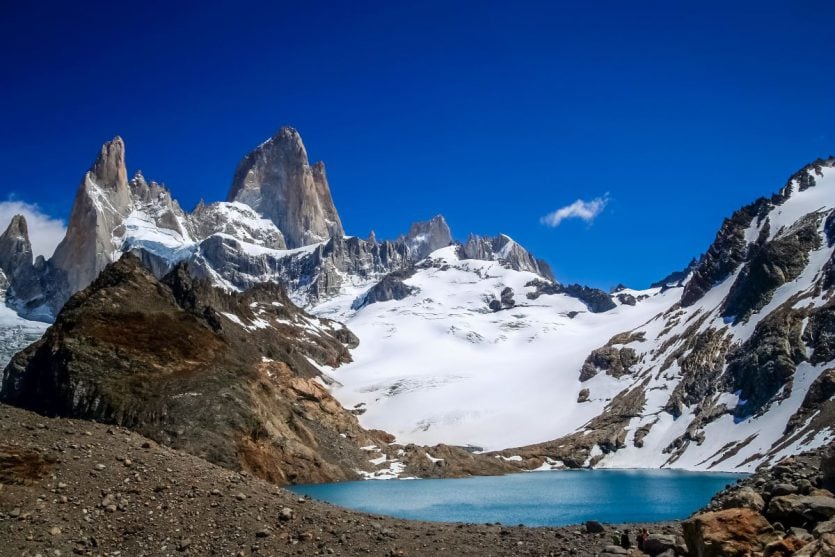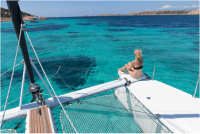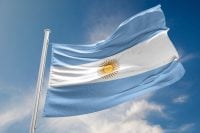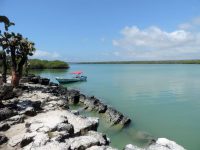Patagonia is home to some of the most dramatic landscape in the world. From towering mountains to vast deserts, the region features some amazing landforms. Perhaps the most breathtaking of these sights are glaciers. Formed over thousands of years, seeing the cirques, peaks and valleys formed by glacial activity is certainly an incredible encounter with the power of nature. Here, we discuss the features of glacial erosion, so you can identify these landforms on your Patagonian adventure.
How ice erodes
Before introducing the landforms created by glacial erosion, it’s useful to explain how glaciers erode the land. Over a period of thousands of years, the glacier will progress slowly down a valley. As it moves, the ice will erode the surrounding rock via three principal processes.
Plucking
Plucking occurs when ice at the base of the glacier melts. This may seem counterintuitive, but the pressure and friction at the bottom of the glacier causes melting. From here, the water seeps into crevices in the bedrock and freezes. When the glacier moves, it plucks out the rock to leave a rough surface.
Abrasion
The rock pulled out of the valley floor encourages abrasion. The material stuck in the base and sides of the glacier grinds along the bedrock as the glacier moves, like an enormous piece of sandpaper.
Freeze Thaw
Meltwater from the glacier will continue to seep into cracks in the valley floor over time. The process of melting and freezing expands the cracks, which will eventually break off from the surface.
Principal features of glacial erosion
Once the glacier has been melting, freezing, plucking, and grinding for thousands of years, it will have a dramatic effect on the landscape. It is these processes that create the spectacular features of glacial erosion seen in Patagonia, including cirques, arêtes, and U-shaped valleys.
Cirques and tarns

Cirques – otherwise known as cwms or corries – are found at the start of the glacier. The accumulation and compression of snow creates these steep, round hollows. As snow falls into a hollow in a mountainside, it gradually compacts under its own weight. As air is forced out, the process creates firn or neve. Other thousands of years, the neve will compact so much it forms a glacier.
Gradually, erosion will cause the hollow in the mountain to get bigger and bigger. Eventually, the compacting ice will be pulled down by gravity. The shape of the hollow causes a circular motion called rotational slip, which carves out the typical rounded, sheer back wall of many glaciers. Often, if the ice in a cirque melts a circular lake forms at the base, known as a tarn.
Arêtes and pyramidal peaks
An arête is a sharp, steep summit formed when two adjacent cirques are back to back. As the two glaciers erode the land, the sides of the arête will become increasingly sheer. Furthermore, when three or more cirques meet, glacial erosion creates a pointed pyramidal peak.
Valleys and spurs

One of the most significant features of glacial erosion is the valleys. Most commonly, a glacier will cut a U-shaped trough through the land. However, as the glacier ages, the ice will smooth the distinctive steep sides carving a V-shaped river valley.
Like rivers, glaciers have tributaries. As the principal glacier erodes the valley, tributaries may be left hanging at the steep valley sides, creating a frozen waterfall hanging over the cliff-face. These are known as hanging valleys.
Further valley landforms created by glacial erosion include spurs. When a river flows downstream it can erode ridges that extend into the stream called interlocking spurs. When a glacier cuts through these ridges, they create truncated spurs.
More incredible sights and interesting facts to discover
Our team of expert guides man every Australis Cruise. Taking explorers closer to Patagonia’s glaciers than ever before, the Australis staff have a wealth of knowledge to share. The information above is only an introduction to the science of glacial erosion – and the best way to find out more is to see for yourself. To find out about our Patagonian cruises, take a look at a brochure.
No comments yet
There are no comments on this post yet.






Leave a comment